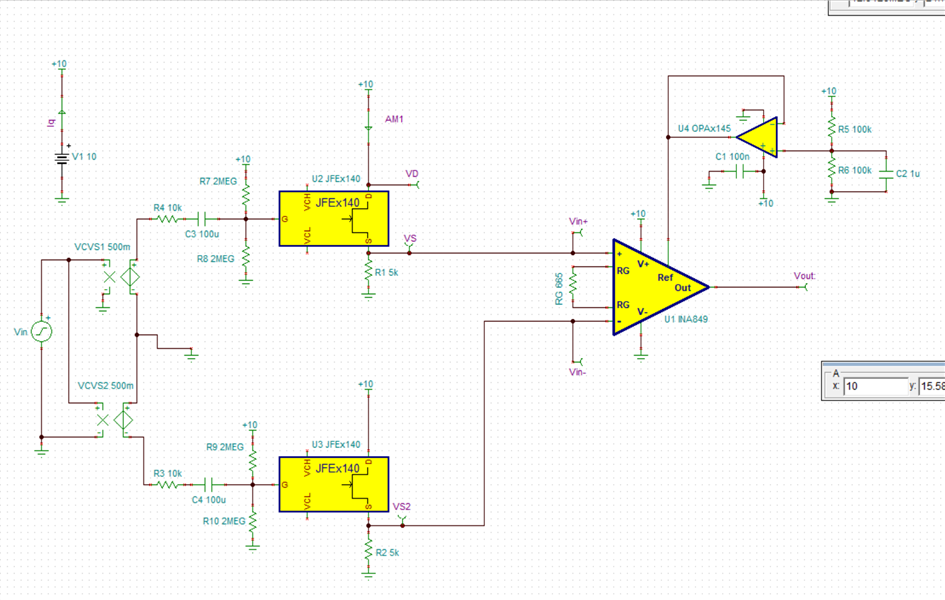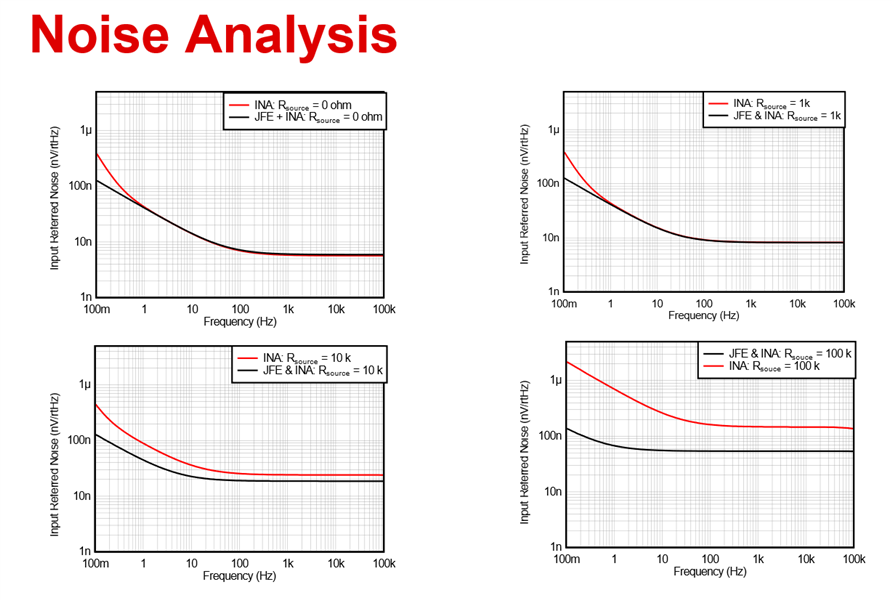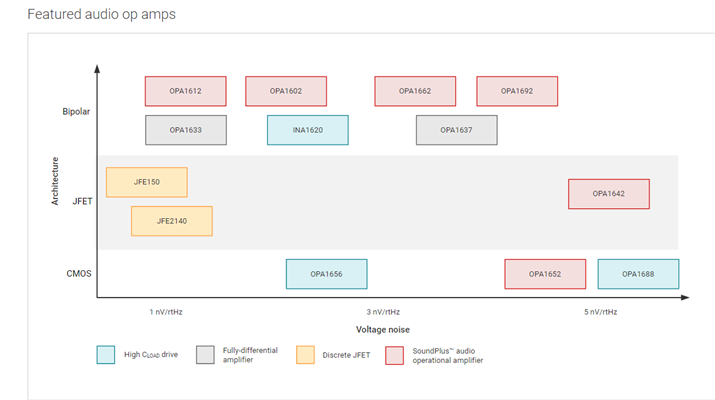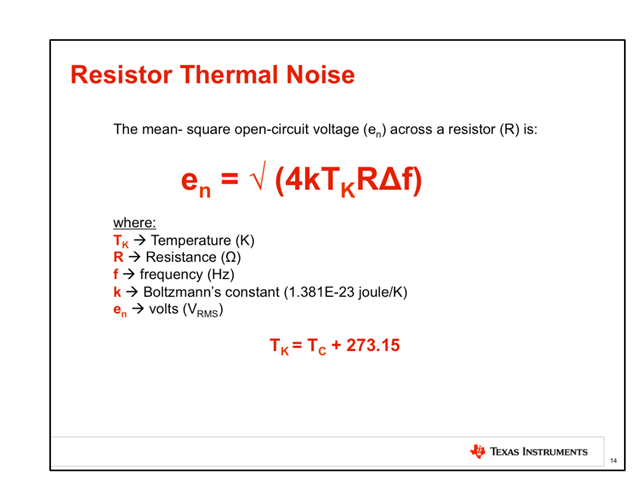Hi!
I have built an instrumentation amplifier using the INA849 chip. But my signals are VERY weak, so even though the INA849 gives me a gain around 1500, I need a second amplifier step to amplify my signal up to a 1000 times more, manually adjusted with a potentiometer. The crucial criteria is to add as little noise and distortion to the audio-like signal as possible.
The INA849 is a mono amplifier, so I don't need a stereo amplifier.
The output from the second amplifier will be send to a PCM2903 audio A/D converter.
I look forward to hear from you.
Thank you.






